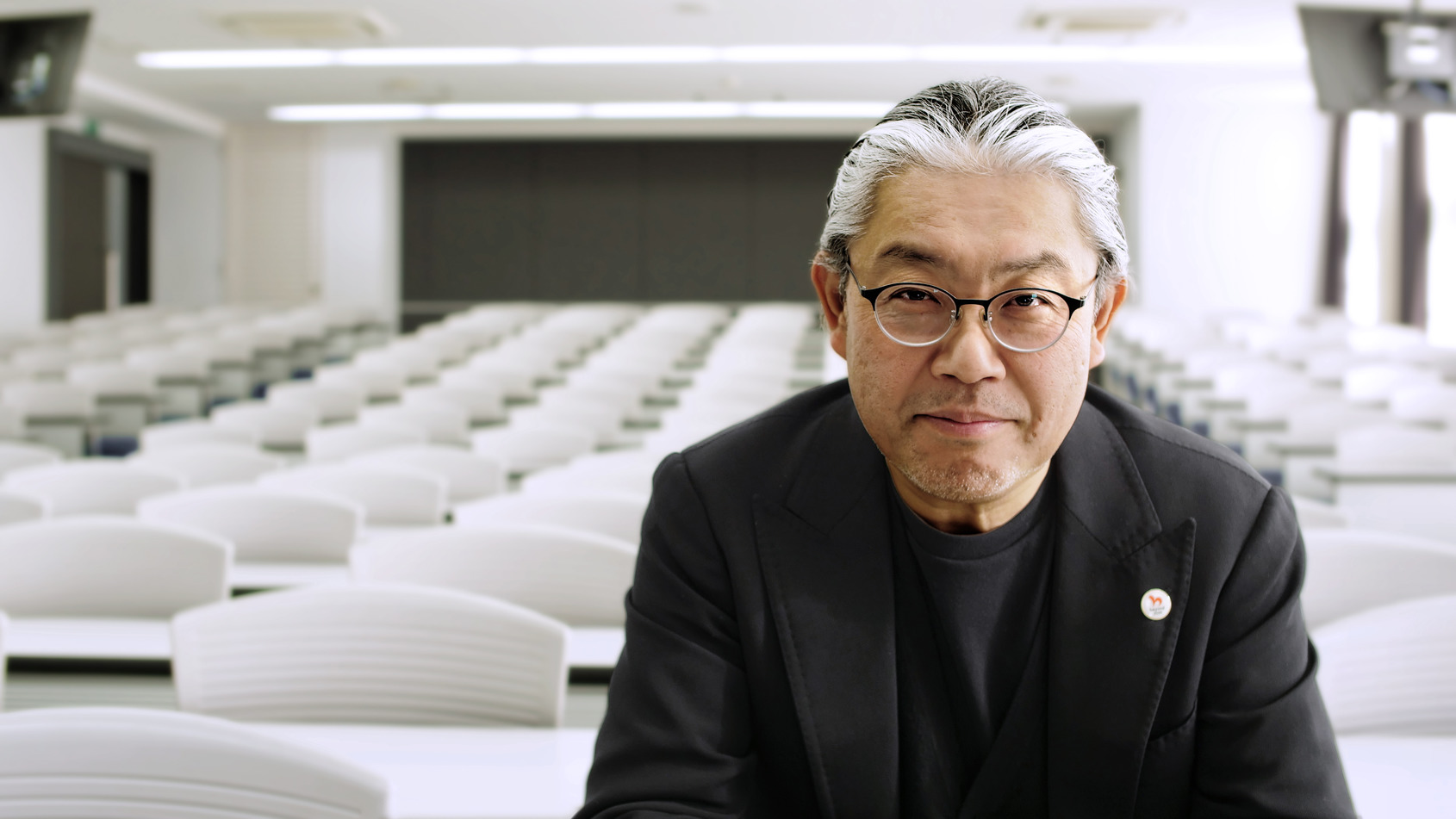
The first video in my collection was added in 1994. More than 25 years have passed since then. From the works out of around 100 videos in the collection for exhibition this time, I am delighted to have such a wonderful space to introduce my “Understanding of Space” and “Time Concept” in Asian Art History.
In Asia, "Understanding of Space" and "Method of Expression" have from ancient times differed from the Western use of perspective and shadow. For example, I am a fan of Arthur Coleman Danto (1924 ~ 2013) who once compared the works of Jesuit painters during the Manchu Dynasty with The Green Stripe by Henri Matisse (1869 ~ 1954). This particular story was mentioned in "The End of Art," in The Death of Art (Berel Lang, Haven Publications, 1984).
In his painting Along the River during the Qingming Festival, Chang Tse-tuan (1085 ~ 1145) of the Northern Song Dynasty brought the spring crowds of Kaifeng (Bianjing), the imperial capital, to life from a perspective reminiscent of an aerial drone. Around the same period, Ban Dainagon Ekotoba (12 Century) in Japan used the "different times in same picture" to present multiple scenes and actions frozen in a moment in time. Later on, Chōjū-jinbutsu-giga (12th ~ 13th Century), now referred to as the ancestor of Japanese comics, used anthropomorphic animals to satirize society.
Seven centuries then passed before Marcel Duchamp (1887 ~ 1968) produced his Fountain. In the same year, Shimokawa Hekoten (1892 ~ 1973) created the first animated movie Imokawa Mukuzo Genkanban no Maki. Even today this animation can be considered quite enlightening.
Illustrated scrolls that incorporate the "Concept of Time" into the painting therefore emerged in Asia a thousand years ago.
On the other hand, the culture of "calligraphy" has enjoyed high esteem in China, Taiwan, Vietnam, Korea and Japan - the so-called "Kanji Cultural Circle" - since ancient times. When it comes to elegant calligraphy, Chang Hsu (birth/death unknown) and Huai Su (725 ~ 785) of the Tang Dynasty let their talents run wild on screens and walls. Their dramatic limb movements would eventually develop into the "Wild Cursive" school.
The 20th Century and World War 2 created human suffering on a scale never experienced before. Most existing concepts or values were changed in the process. There were those in the art community dissatisfied with the status quo as well. Against such a backdrop, Clement Greenberg (1909 ~ 1994) and others raised the banner of "Abstract Expressionism" in the U.S. and conveyed to the world the meanings and values of post-war modern art.
In Japan however, "writing" was considered a form of "education system" or a political tool for "demonstration of national prestige." The art was therefore neglected for a long time. This state of affairs lasted until the "Ink People Society" was formed by Inoue Yuichi (1916 ~ 1985) and others. By no longer limiting themselves to composition principles and surface meanings of text, they developed the art into "Avant-garde Calligraphy."
Interesting enough, Harold Rosenberg (1906 ~ 1978) created the term "Action Painting." Instead of replicating appearances on canvas, the canvas was treated as an "Arena for Action." Inoue however felt that "writing is a spatial art" or a "place where text exists." Here the "place" that Inoue referred to was more than just a "space." It also incorporated the concept of "time." We can therefore infer from this that he was greatly influenced by the thinking of the philosopher Nishida Kitaro (1870~1945).
Based on the above, the "Understanding of Space" in our eastern sphere is different from how it is interpreted in "(Western) Art History." Rather than trying to see all of history in the same light, the "Multiculturalism" school that began growing at a rapid pace from the 1980s espoused approaching the same issue from different angles.
I had the good fortune of this time to admire artworks that depict modern society from different angles at the ALIEN Art Center. With Kaohsiung, the largest international port in Taiwan, as the starting point, I invite you to enter the world of my collection and let your thoughts run free between the open seas before you, and the distant countries that lay beyond them.
© Daisuke Miyatsu

© Daisuke Miyatsu